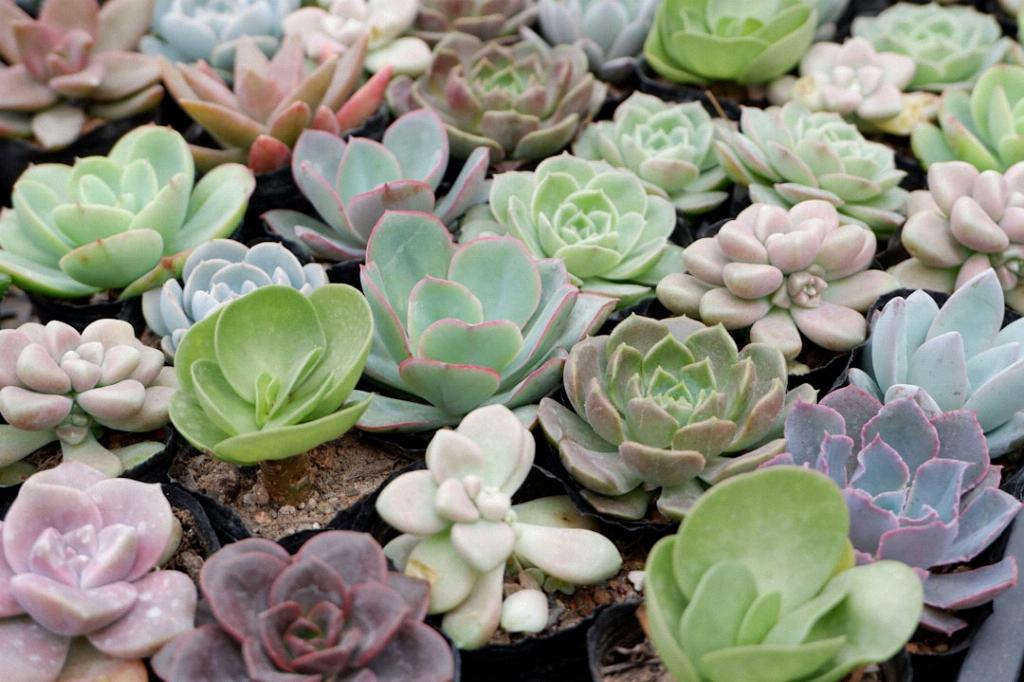Watering your succulent plants can be a bit tricky, as these unique plants have specific needs that differ from traditional houseplants. The key to keeping your succulents happy and healthy is to understand their watering requirements and provide them with the right moisture levels. Let’s dive into some essential tips to help you determine how much water your succulent needs.
1. Understand the Soil
One of the most critical factors in determining how much to water your succulent is the type of soil it’s planted in. Succulents thrive in well-draining soil that allows excess water to escape quickly. Ensure that your succulent is potted in a gritty, porous mix that prevents water from pooling around the roots.
2. Check the Moisture Level
Before watering your succulent, always check the moisture level of the soil. Stick your finger into the soil about an inch deep. If it feels dry to the touch, it’s time to water your plant. Avoid overwatering, as succulents are prone to root rot when sitting in waterlogged soil.
3. Watering Frequency
Succulents have unique watering needs due to their water-storing abilities. As a general rule of thumb, water your succulent only when the soil is completely dry. Depending on factors such as humidity and temperature, you may need to water your succulent every 1-2 weeks during the growing season.
4. Consider the Plant’s Growth Stage
The watering requirements of your succulent may vary depending on its growth stage. Newly planted succulents or those actively growing may require more frequent watering to establish roots and support growth. Adjust your watering schedule accordingly.
5. Monitor Environmental Conditions
Pay attention to the environmental conditions in which your succulent is growing. High temperatures, increased sunlight, or dry indoor air can cause your succulent to dry out more quickly and may require more frequent watering. Be mindful of these factors and adjust your watering routine as needed.
6. Watering Techniques
When watering your succulent, aim to thoroughly moisten the soil without leaving it waterlogged. Water the soil around the base of the plant rather than directly onto the leaves to prevent excess moisture buildup. Allow any excess water to drain away to avoid water accumulation.
7. Observing Plant Behavior
Get to know your succulent plant by observing its behavior. Signs of overwatering include yellowing or wilting leaves, mushy stems, or a musty smell. Conversely, underwatered succulents may appear shriveled or have dry, crispy leaves. Adjust your watering routine based on your plant’s response.
8. Seasonal Adjustments
Adjust your watering schedule based on the seasons. Succulents are more dormant during the winter months and require less frequent watering. Reduce the watering frequency and monitor the soil moisture levels to prevent overwatering during the colder months.
9. Use a Watering Schedule
Creating a watering schedule can help you stay on track and ensure that your succulent receives consistent moisture. Keep a watering journal to track how often you water your plants and adjust the schedule based on seasonal changes and plant behavior.
10. Consider Watering Methods
Experiment with different watering methods to find what works best for your succulent. Some gardeners prefer bottom-watering to allow the plant to absorb water from the roots up, while others opt for a gentle shower or spray to evenly distribute moisture. Find the method that suits your plant’s needs.
11. Avoid Watering on a Schedule
Avoid sticking to a rigid watering schedule and instead let the plant’s needs dictate when it requires watering. Succulents are adaptable plants that can tolerate periods of drought, so it’s better to underwater than to overwater. Listen to your plant and adjust accordingly.
12. Seek Expert Advice
If you’re unsure about how much to water your succulent or are experiencing issues with watering, don’t hesitate to seek advice from a gardening expert or plant enthusiast. Consulting with someone knowledgeable can provide valuable insights and help you better care for your succulent plants.

